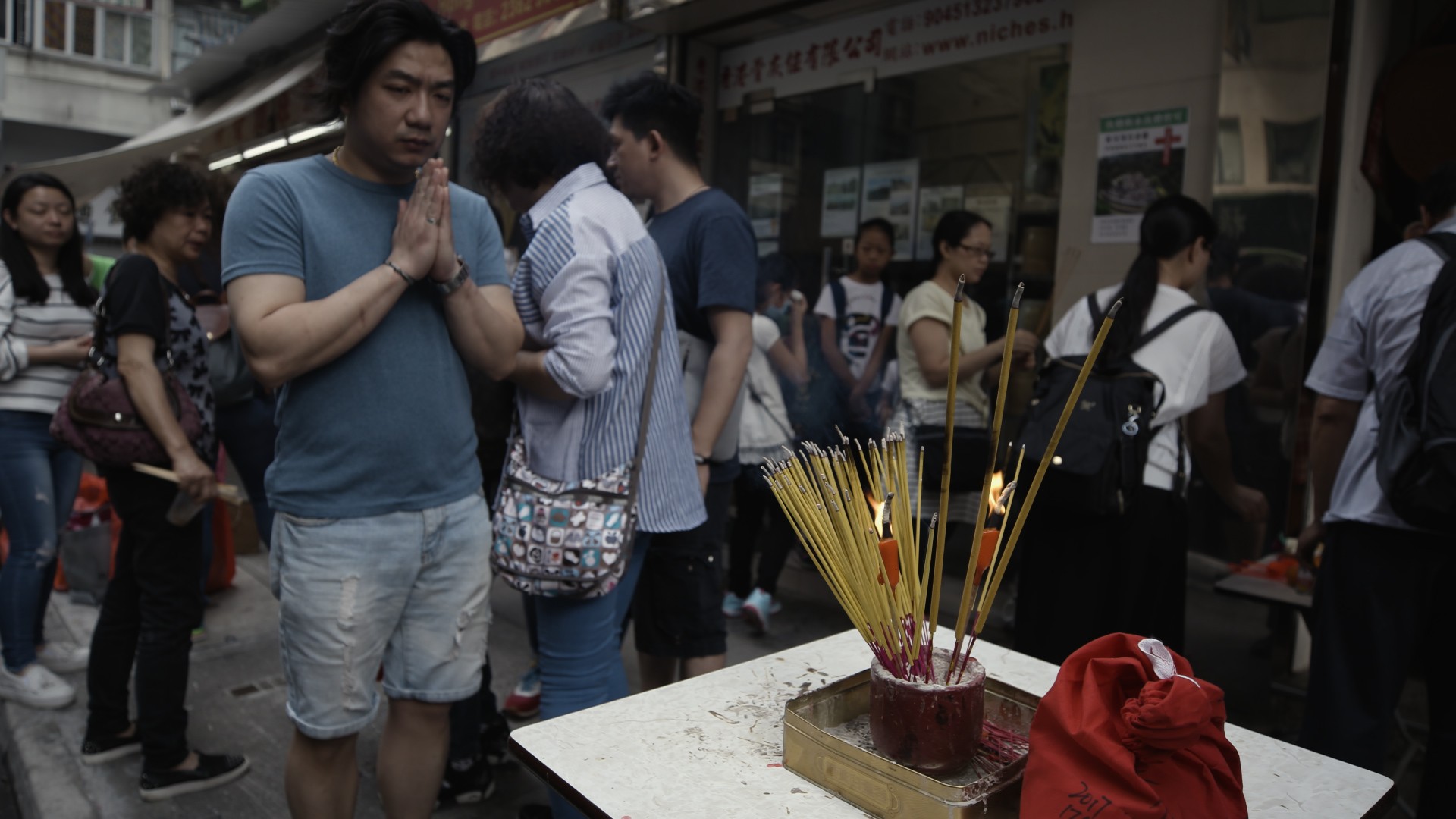Artistic reconstruction of Prittlewell tomb. Image: MOLA
Sometime during the late 6th century, an Anglo-Saxon royal was laid to rest in a lavish tomb on the shores of east England. He was buried with a board game, a drinking horn, a sword, a silver spoon, a lyre, a painted box, and a cauldron. He wore gold-foil crosses on his head.In 2003, some 1,400 years later, the remains of this royal tomb were discovered in a far more pedestrian setting—next to a pub and an Aldi grocery store in the Essex town of Prittlewell.On Thursday, the Museum of London Archaeology (MOLA) published a trove of new research into this major archeological find, and launched an eerie interactive version of the burial chamber that lets you explore the tomb and read about its contents. This makes Saexa, Sæberht’s younger brother, the more likely occupant of the tomb. Not much is known about this prince, but his royal ancestry would explain the extravagance of his final resting place, which the MOLA team thinks would have taken about two dozen men a week to build.“It was a significant communal effort,” Sophie Jackson, director of research at MOLA, told the Guardian. “You’ve got to see this burial chamber as a piece of theatre. It is sending out a very strong message to the people who come and look at it and the stories they take away from it. It says ‘we are very important people and we are burying one of our most important people’.”That message will continue to resonate in our own time, as the earthly remains of the Very Important Prince, whoever he was, will be unveiled to the public this weekend Southend Central Museum in the nearby town of Southend-on-Sea.Get six of our favorite Motherboard stories every day by signing up for our newsletter.
This makes Saexa, Sæberht’s younger brother, the more likely occupant of the tomb. Not much is known about this prince, but his royal ancestry would explain the extravagance of his final resting place, which the MOLA team thinks would have taken about two dozen men a week to build.“It was a significant communal effort,” Sophie Jackson, director of research at MOLA, told the Guardian. “You’ve got to see this burial chamber as a piece of theatre. It is sending out a very strong message to the people who come and look at it and the stories they take away from it. It says ‘we are very important people and we are burying one of our most important people’.”That message will continue to resonate in our own time, as the earthly remains of the Very Important Prince, whoever he was, will be unveiled to the public this weekend Southend Central Museum in the nearby town of Southend-on-Sea.Get six of our favorite Motherboard stories every day by signing up for our newsletter.
Advertisement
While the discovery was immediately recognized as an important find in 2003, it has taken 16 years to excavate the site and reconstruct comprehensive details about the prince, his identity, and the ancient world in which he lived and died.Over 40 interdisciplinary experts collaborated on the updated findings, in the “quest to reconstruct and understand the chamber as it would have been on the day of the funeral,” according to MOLA.So who the heck was this guy? Locals call him the “Prince of Prittlewell,” according to the BBC, and his coffin length suggests he was about 5 foot 6 inches tall. But because only a few shreds of his tooth enamel survived, his real identity will probably never known for sure.That said, there are some intriguing candidates. One early theory suggested the tomb belonged to Sæberht, once King of Essex, who is known to have been an early Anglo-Saxon convert to Christianity. The gold foil crosses indicated that the wearer was Christian at a time when the religion had barely taken hold on the British Isles.The new findings throw doubt on this possibility though, because the team’s carbon dating estimates found that the tomb was built sometime between 575 and 605, about a decade before Sæberht died.
Advertisement

